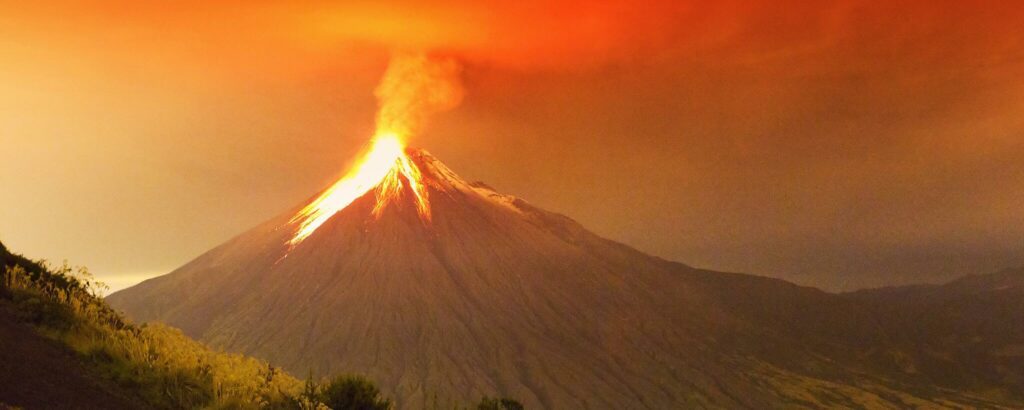The earth is becoming more polluted as the days pass. Although a lot of people put an effort into reducing, reusing, and recycling, not everyone actually practices this. Some would suggest that we throw all of our trash in the volcano so that it will just vanish in a snap. But experts say that it is not possible. But why can’t we throw all our trash into a volcano and just burn it up?
We can’t just dump all of our junk into a volcano and let it burn since volcanoes aren’t hot enough to melt the metals in the trash, and most volcanoes don’t have a lava lake only 8 of the thousands on earth do.
How Hot is Volcano Lava?
While it is true that lava is hot enough to burn some of our garbage it wouldn’t be efficient with others that have a higher melting point. When Kilauea erupted on Hawaii’s Big Island in 2018, the lava flows reached more than 2,000 degrees Fahrenheit which is about 1,100 degrees Celsius. That is hotter than the surface of Venus, and it is hot enough to melt many rocks. It’s also as hot as waste incinerators, which typically burn junk at 1,800 to 2,200 degrees Fahrenheit or 1,000 to 1,200 degrees Celsius.
Unfortunately, not all lava is at the same temperature. The lava produced by Hawaiian volcanoes is known as basalt. Basalt is significantly hotter and more fluid than other volcanoes’ lavas, such as the thicker dacite lava from Mount St. Helens in Washington state. For example, Mount St. Helens’ 2004 to 2008 eruption produced a lava dome with surface temperatures of less than 1,300 degrees Fahrenheit. (Source: The Conversation)
Why Can’t We Burn Trash in Volcanoes?
Aside from the temperature, there are several other factors we should not burn waste in volcanoes. While lava at 2,000 degrees Fahrenheit may melt many things in our waste, including food scraps, paper, plastics, glass, and some metals, it is not hot enough to melt many other common materials, such as steel, nickel, and iron.
Second, there aren’t many volcanoes on the planet with lava lakes or bowl-like craters full of lava into which we might throw waste. According to geologists, only eight of the hundreds of volcanoes on the planet have active lava lakes. Kilauea, Mount Erebus in Antarctica, and Nyiragongo in the Democratic Republic of the Congo. Most active volcanoes have craters filled with rocks and cooled lava, such as Mount St. Helens, or water, like Oregon’s Crater Lake.
The third issue is that throwing rubbish into those eight active lava lakes would be highly hazardous. Lava lakes have a layer of cooling lava on top but molten and boiling lava behind that crust. If boulders or other items fall onto a lava lake’s surface, they will shatter the crust, destabilize the underlying lava, and create an explosion.
Blocks of granite from the crater rim crashed into the lava lake in 2015, resulting in a large explosion that propelled boulders and lava up and out of the crater. Anyone throwing trash into a lava lake would have to flee while dodging flaming debris and lava.
What would happen to trash if it could dump it safely into a lava lake? When plastics, rubbish, and metals are burned, a large number of hazardous fumes are released. Sulfur, chlorine, and carbon dioxide, among other harmful chemicals, are already released by volcanoes.
Sulfur emissions may produce an acidic fog, dubbed vog for volcanic fog, that can destroy plants and cause respiratory issues for those who live close by. When these already-hazardous volcanic gases are combined with other gases released by burning rubbish, fumes become much more deadly for humans and plants living near the volcano. (Source: The Conversation)
